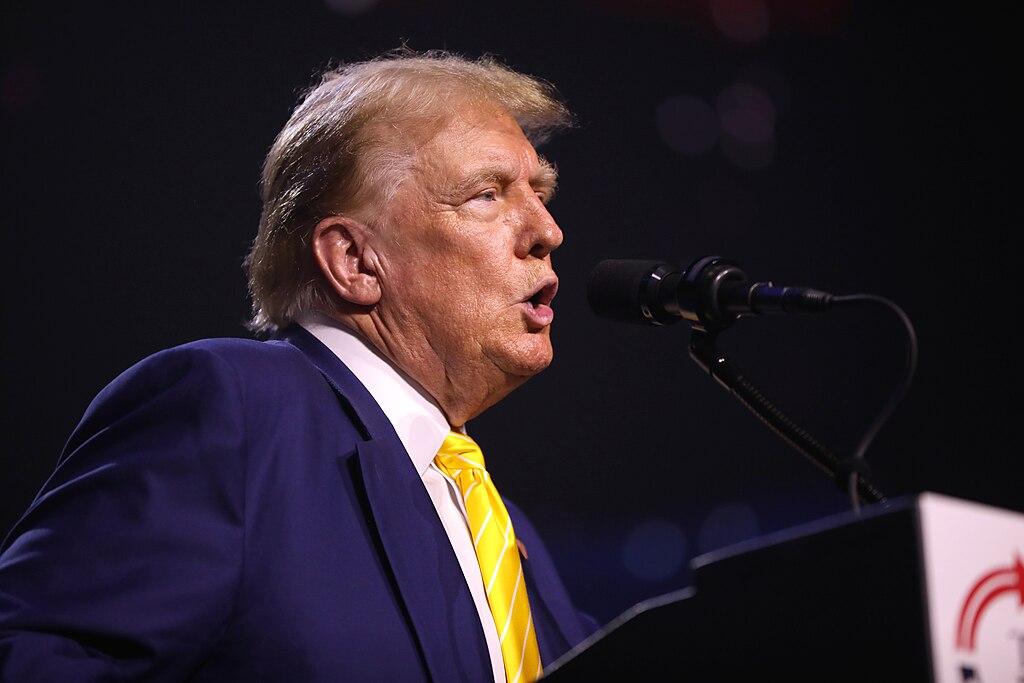As President-elect Donald Trump prepares to assume office, his proposed tax policies for 2025 have ignited significant discussion regarding their potential impact on corporations and the broader economy. Central to his agenda is the extension and expansion of the Tax Cuts and Jobs Act (TCJA) of 2017, which initially reduced the corporate tax rate from 35% to 21%.
Trump's plan includes further reducing the corporate tax rate to 15% for companies manufacturing domestically, aiming to stimulate economic growth and bolster domestic production.
Additionally, he proposes lowering the capital gains tax rate for high earners from 20% to 15%, intending to encourage investment.
While proponents argue that these measures will enhance corporate profitability and competitiveness, critics express concerns about potential increases in the federal deficit and the exacerbation of income inequality. The Congressional Budget Office estimated that extending the expiring provisions of the TCJA could add $4.6 trillion to the deficit over the next decade.
Economists are divided on the potential outcomes. Some anticipate that the tax cuts will lead to job creation and wage growth, while others warn of inflationary pressures and fiscal instability. The Urban-Brookings Tax Policy Center estimated that the top 5% of earners would receive 45% of the benefits if the tax cuts are extended.
Public reaction is similarly mixed. On social media, user @PatriotGuardians tweeted, "Lower taxes mean more jobs and a stronger economy. #MAGA." In contrast, @JusticeForAll posted, "These tax cuts favor the wealthy and leave the rest of us behind. #FairTaxation."
As the administration moves forward with its tax agenda, the debate over the balance between stimulating economic growth and maintaining fiscal responsibility continues to intensify. The long-term effects of these policies on corporations and the broader economy remain a focal point of analysis and discussion.



 Trump Administration Tightens H-1B Visa Vetting With New Focus on Free Speech and Censorship
Trump Administration Tightens H-1B Visa Vetting With New Focus on Free Speech and Censorship  Trump Administration Halts Immigration, Green Card, and Citizenship Processing for 19 Countries
Trump Administration Halts Immigration, Green Card, and Citizenship Processing for 19 Countries  Honduras Election Turmoil Intensifies as Nasralla Blames Trump for Shift in Results
Honduras Election Turmoil Intensifies as Nasralla Blames Trump for Shift in Results  Israel Receives Body of Deceased Hostage as Rafah Crossing Reopening Hinges on Final Returns
Israel Receives Body of Deceased Hostage as Rafah Crossing Reopening Hinges on Final Returns  Trump’s Name Appears on U.S. Institute of Peace Ahead of Rwanda–Congo Deal Signing
Trump’s Name Appears on U.S. Institute of Peace Ahead of Rwanda–Congo Deal Signing  Trump and Lula Discuss Trade, Sanctions, and Security in “Productive” Phone Call
Trump and Lula Discuss Trade, Sanctions, and Security in “Productive” Phone Call  IMF Deputy Dan Katz Visits China as Key Economic Review Nears
IMF Deputy Dan Katz Visits China as Key Economic Review Nears  New Orleans Immigration Crackdown Sparks Fear as Federal Arrests Intensify
New Orleans Immigration Crackdown Sparks Fear as Federal Arrests Intensify  U.S. Expected to Expand Travel Ban to More Than 30 Countries
U.S. Expected to Expand Travel Ban to More Than 30 Countries  Taiwan Signals Openness to Renew Ties with Honduras as Election Unfolds
Taiwan Signals Openness to Renew Ties with Honduras as Election Unfolds  Hong Kong Faces Low Turnout in “Patriots-Only” Election Amid Public Grief After Deadly Fire
Hong Kong Faces Low Turnout in “Patriots-Only” Election Amid Public Grief After Deadly Fire  UN Chief Says Gaza Operation “Fundamentally Wrong” as Concerns Over War Crimes Grow
UN Chief Says Gaza Operation “Fundamentally Wrong” as Concerns Over War Crimes Grow  U.S. Justice Department Orders Intensified Probe Into Antifa and Domestic Extremist Groups
U.S. Justice Department Orders Intensified Probe Into Antifa and Domestic Extremist Groups  Honduras Election Turmoil Deepens as Nasralla Alleges Fraud in Tight Presidential Race
Honduras Election Turmoil Deepens as Nasralla Alleges Fraud in Tight Presidential Race  California Launches Portal for Reporting Alleged Misconduct by Federal Immigration Agents
California Launches Portal for Reporting Alleged Misconduct by Federal Immigration Agents  Maduro Confirms “Respectful” Call With Trump, Signals Openness to Diplomatic Dialogue
Maduro Confirms “Respectful” Call With Trump, Signals Openness to Diplomatic Dialogue  Drones Spotted Near Zelenskiy’s Flight Path in Ireland Trigger Security Alert
Drones Spotted Near Zelenskiy’s Flight Path in Ireland Trigger Security Alert 




























